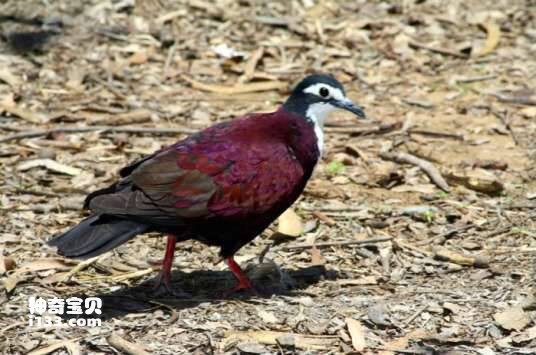
Gallicolumba jobiensis
Gallicolumba jobiensis,White-bibbed Ground-dove
Its scientific name is Gallicolumba jobiensis, and its foreign name is White···
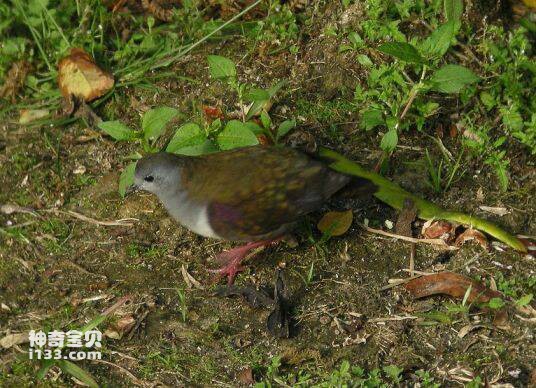
Gallicolumba beccarii
Gallicolumba beccarii,Bronze Ground-dove
Its scientific name is Gallicolumba beccarii and its foreign name is Bronze ···
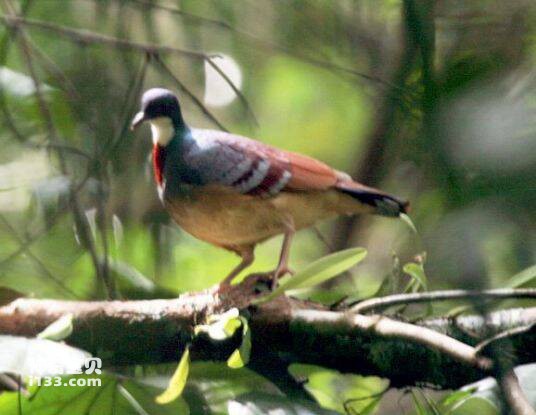
Gallicolumba criniger
Gallicolumba criniger,Mindanao Bleeding-heart
Its scientific name is Gallicolumba criniger, and its foreign name is Mindan···
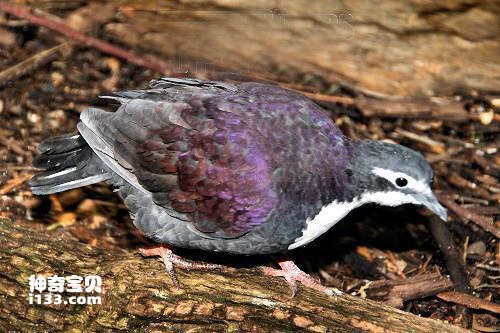
Gallicolumba kubaryi
Gallicolumba kubaryi,Caroline Islands Ground-dove,Caroline Ground-dove
Its scientific name is Gallicolumba kubaryi, and its foreign names are Carol···
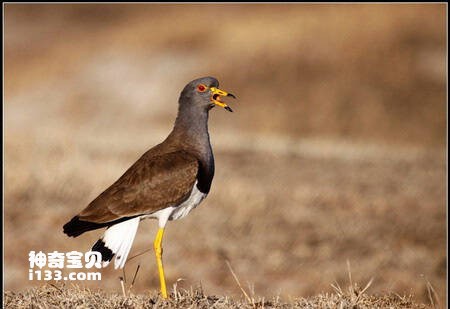
Gallicolumba canifrons
Gallicolumba canifrons,Palau Ground Dove
Its scientific name is Gallicolumba canifrons, and its foreign name is Palau···
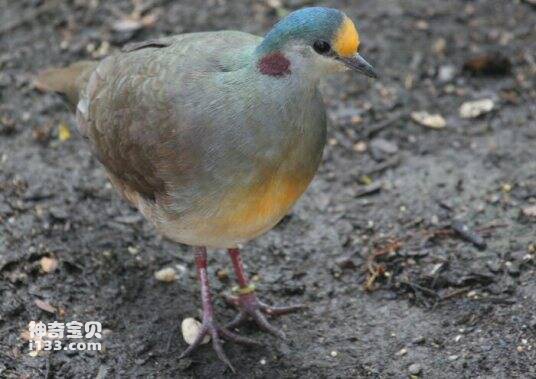
Gallicolumba tristigmata
Gallicolumba tristigmata,Sulawesi Ground-dove
Gallicolumba tristigmata, Sulawesi Ground-dove, is quite docile. Specific ha···

Gallicolumba luzonica
Gallicolumba luzonica,Luzon bleeding-heart(英文),Dolchstichtaube(德文),ヒムネバト(日文)
Luzon pigeon (scientific name: Gallicolumba luzonica) Luzon bleeding-heart (···
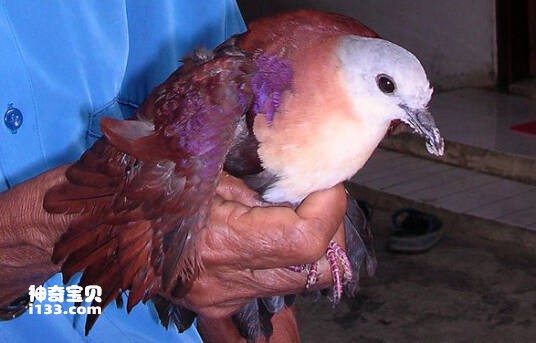
Gallicolumba hoedtii
Gallicolumba hoedtii,Wetar Ground-dove
Its scientific name is Gallicolumba hoedtii, and its foreign name is Wetar G···
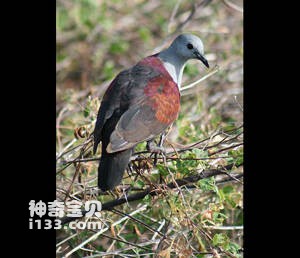
Gallicolumba rubescens
Gallicolumba rubescens,Marquesan Ground-dove
Gallicolumba rubescens and Marquesan Ground-dove are unknown.Listed in the I···

Gallicolumba stairi
Gallicolumba stairi,Shy Ground-dove,Friendly Ground-dove,Tongan Ground Dove
Gallicolumba stairi, Shy ground-dove, Friendly ground-dove, Tongan Ground Do···
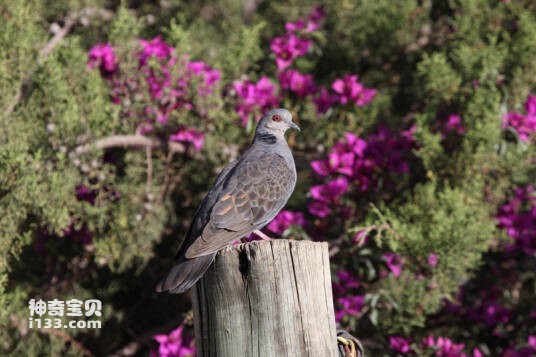
Streptopelia lugens
Streptopelia lugens,Dusky Turtle-dove
Its scientific name is Streptopelia lugens, and its foreign name is Dusky Tu···
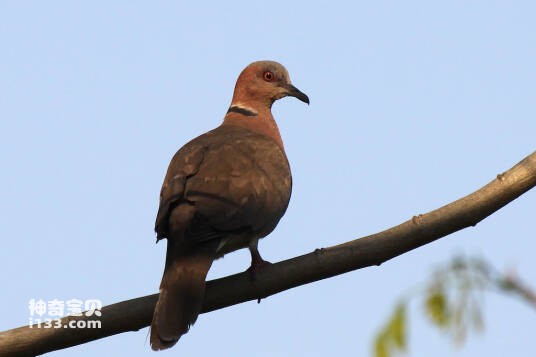
Streptopelia bitorquata
Streptopelia bitorquata,Island Collared-dove
The Javan turtle dove, known as Streptopelia bitorquata or Island Collared d···
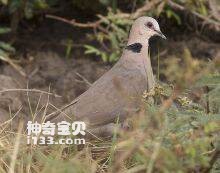
Streptopelia semitorquata
Streptopelia semitorquata,Red-eyed Dove
The scientific name Streptopelia semitorquata, or Red-eyed Dove, is unknown.···
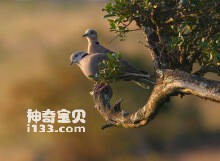
Streptopelia vinacea
Streptopelia vinacea
The scientific name Streptopelia vinacea is unknown.Listed in the Internatio···
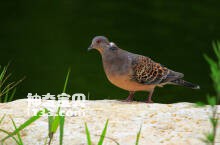
Streptopelia reichenowi
Streptopelia reichenowi,White-winged Collared-dove,White-winged Dove
The scientific names Streptopelia reichenowi, White-winged Collared Dove, Wh···
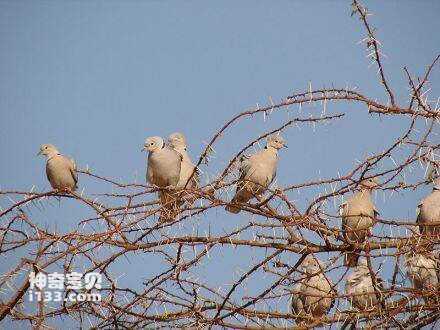
Streptopelia roseogrisea
Streptopelia roseogrisea,African Collared-dove
Streptopelia roseogrisea, African Collared dove, a migratory bird that winte···
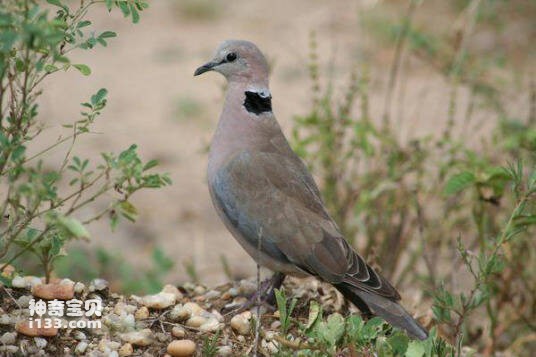
Streptopelia capicola
Streptopelia capicola,Ring-necked Dove,Cape Turtle Dove
The scientific names Streptopelia capicola, Ring-necked Dove, and Cape Turtl···
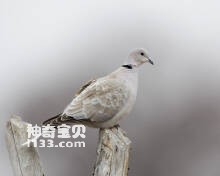
Streptopelia decipiens
Streptopelia decipiens,Mourning Collared-dove,African Mourning Dove,Mourning Collared Dove
The scientific name Streptopelia decipiens, Mourning Collared-dove, African ···
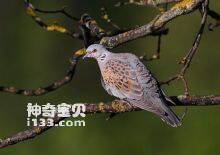
Streptopelia turtur
Streptopelia turtur,European Turtle-dove
The European turtledove (Streptopelia turtur) has four subspecies.The turtle···
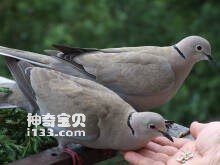
Streptopelia decaocto
Streptopelia decaocto,Collared Dove
The Collared Dove (Streptopelia decaocto) has two subspecies.The grey turtle···
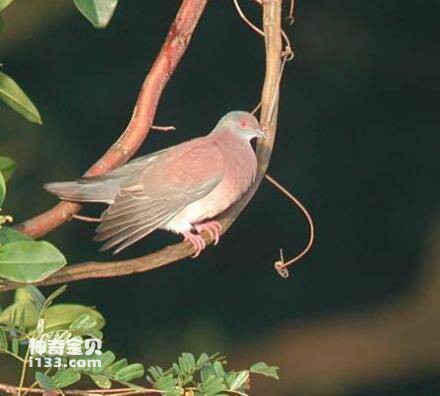
Columba cayennensis
Columba cayennensis,Pale-vented Pigeon
The species Columba cayennensis is also known as Pale-vented Pigeon.Listed i···
